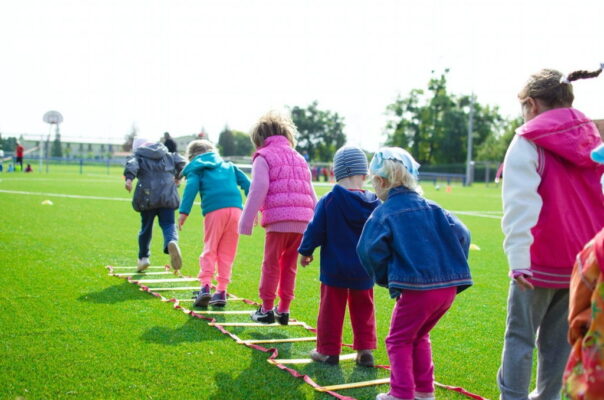Global health organisations have rewritten plans to control measles and rubella. The new Measles & Rubella Strategic Framework 2030 was agreed amid ‘the worst continued backsliding in global immunisation coverage in 30 years’.
Key points
- Measles kills tens of thousands of children every year
- Rubella can lead to severe birth defects
- A safe and effective MMR vaccine is available against measles, mumps & rubella
- The Measles Initiative, formed in 2001, contributed to a sharp decline in deaths
- The Global Measles & Rubella Strategic Plan (2012-2020) built on this success but faces some challenges

While disruption to immunisation rates is largely attributed to the COVID-19 pandemic, it has led to an almost 40% increase in the number of unvaccinated children worldwide. The revised plan is backed by the World Health Organization (WHO), UNICEF, the United Nations Foundation, the American Red Cross, the US Centers for Disease Control & Prevention (CDC), Gavi, and the Bill & Melinda Gates Foundation.
In a joint statement, these organisations said the agreed framework marked the beginning of a new era and would be ‘a step forward to overcome current challenges and ensure all children everywhere are protected’.
Background
Measles makes around 10 million children sick every year. It kills 140,000 people, mostly children[1]. It is one of the most contagious diseases in circulation. While most children recover, hospitalisation rates in developed countries range from one in five to one in 10. Some children appear to suffer a kind of ‘immune system amnesia’ which puts them at risk of other illnesses.
Even in countries where vaccines are freely available, high uptake is required to prevent outbreaks. Measles epidemics are often a sign of weak immunisation systems of unequal access to vaccination services.
Two doses of measles vaccine for around 95% of children is required to keep the virus from spreading in a community. As the vaccine is not given to infants until they are around one year of age, babies remain vulnerable during the period when they are too young for vaccination.
Rubella is circulating in most countries of the world. In most cases, it causes mild illness. However, 90% of babies born to women infected with rubella in the first 10 weeks of pregnancy develop a severe long-term illness known as congenital rubella syndrome (CRS). This condition can cause deafness, cataracts, heart problems and development delay.
Measles and rubella are preventable, thanks to vaccination. Measles vaccination alone has averted 23 million deaths between 2000 and 2018.
In Europe, with rubella vaccination rates averaging at 94%, 42 of the 53 countries in the WHO European Region are ‘rubella free’. Rubella vaccines were initially offered to girls only but are now recommended for all children. Elimination is a real possibility, according to experts. The Americas have already achieved this milestone in public health.
A global plan to control measles and rubella (2012-2020) recorded a degree of success in some regions, including improved systems for detecting and responding early to outbreaks. However, the virus is still circulating in most parts of the world and there are concerns that ‘backsliding’ in routine immunisation campaigns, along with conflict and displaced populations, has increased vulnerability to epidemics in some countries.

What’s next
The revised Measles & Rubella Strategic Framework sets out a series of changes designed to prevent illness and death from these vaccine-preventable diseases.
- A shift towards more tailored programmes, including catch-up campaigns
- Firmly embed measles & rubella activities in immunisation and primary care
- Clearer responsibilities for national, regional authorities
- Comprehensive, disease-specific surveillance; better use of data in decision-making
- Increased capacity for responding to outbreaks
- Cross-border monitoring and information sharing to address immunity gaps
- Greater use of new technologies, including microarray patches for delivering vaccines and rapid diagnostic tests to improve detection.
The overall objective is “to raise the ambition level towards achieving a world without measles and rubella”.
[1] 2018 data from the Measles & Rubella Initiative measles_rubella_initiative_final_print.pdf





Dr Anand
April 15th, 2023
Information are useful